An aerial tour of Istanbul's disappearing forests
Serkan Ocak, Yücel Sönmez - Istanbul / Photo: Murat Şaka
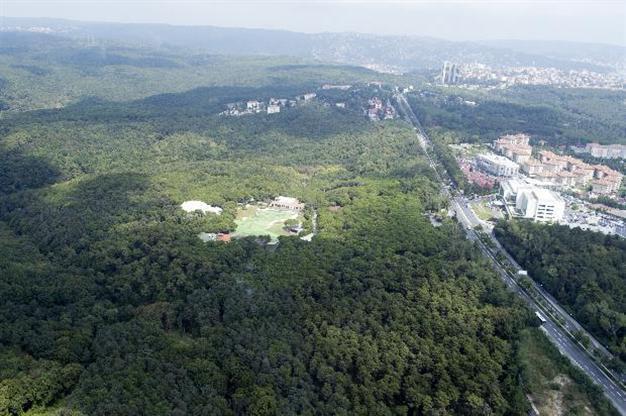 Looking at satellite photos of Istanbul over the past 40 years provides a clear view of how the city's forests have been disappearing. Serkan Ocak, Yücel Sönmez and Murat Şaka went up with a helicopter to get an even better understanding of the situation and saw firsthand the area’s transformation.
Looking at satellite photos of Istanbul over the past 40 years provides a clear view of how the city's forests have been disappearing. Serkan Ocak, Yücel Sönmez and Murat Şaka went up with a helicopter to get an even better understanding of the situation and saw firsthand the area’s transformation.They saw that vast areas of trees and green land had been wiped out over the years—and hectares more are waiting in line to be destroyed for new projects, such as the city’s third bridge and third airport.

Ünal Akkemik (Istanbul University Forest Faculty), who has been working on Istanbul's forests for many years, told us why deforestation in the area is of monumental importance. Akkemik stated that Istanbul has the potential to be a natural arboretum and botanical garden, as the intersection point of three geographical areas: the Black Sea, Mediterranean, and Iran-Turanian.
It is home to more than 2,000 botanical species and one of the most important plant migration routes during periods of climate change. The Istanbul forests are among the 200 most important ecological sites in the world. And in Europe, it is one of the 100 most urgent sites for conservation. The city is located on one of the few migration routes for birds, providing a resting space during their movement.
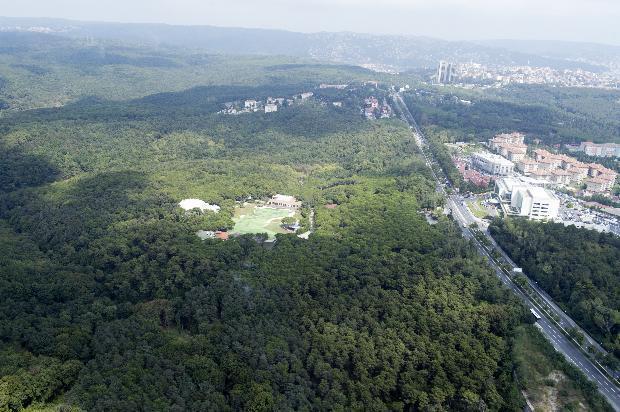
What happened to Istanbul's forests?
Istanbul's population is rapidly increasing, and consequently, residential settlement is widening. The 36,000 hectares of settlement in the 1970s, has now surpassed 110,000 hectares, an increase of over 400 percent. The same period has also witnessed an increase in the city’s population of around 370 percent. This is the main reason why the forests—Istanbul’s life source—are being destroyed. The change is so severe that Istanbul's forestland is down to 240,000 hectares from 270,000 hectares in the 1970s. The reduction is roughly the equivalent of 60,000 football fields.

Environmentalists and the public blame the city’s futuristic residential projects, which are said to fill the pockets of their owners and hold little consideration for the environmental quality and future sustainability. Project “Vadistanbul,” for example is rapidly reaching an end with its 1,111 flats next to Fatih Forest. The project is said to have ripped out existing greenery, destroying the natural environment in the area. In the valley that gave its name to the construction, streams of concrete have replaced streams of water.
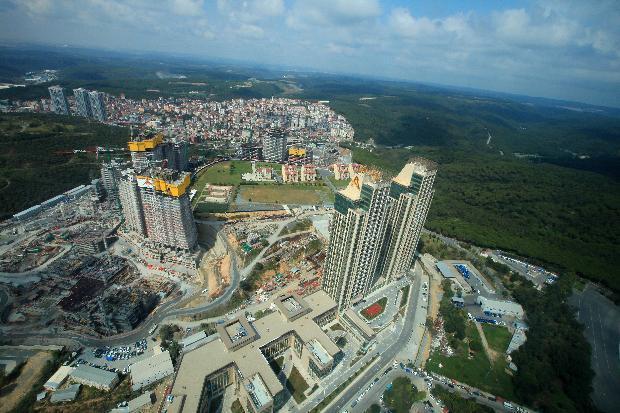
Another highly disputed project, the Maslak 1453, is partially complete. Everyone knew that the project was of huge dimension, but it is difficult to not be horrified when seeing the concrete mountain from up high in the sky. The Maslak 1453 project has attracted backlash from the public since its announcement. The accepted construction plan was cancelled after the Chamber of Architects won a legal battle that began in August 2010, but the Ağaoğlu Company continued construction, claiming that the cancelled plan was an old version of the ongoing project.
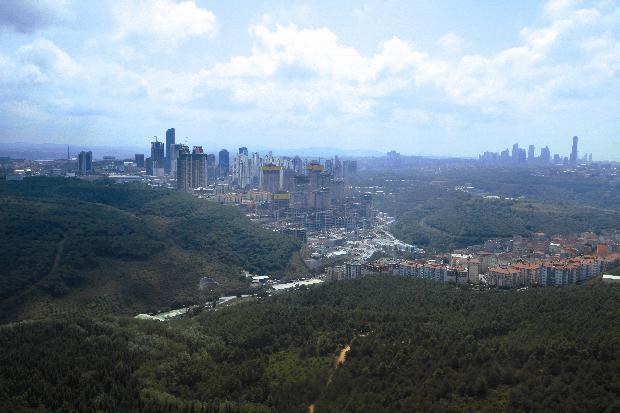
Later, CHP members of the Istanbul Municipality opened a cancellation suit, and the Administrative Court decided in their favor, agreeing that the project stood against the public good. This ruling too was denied by the corporation, which claimed that the project had been agreed upon in their 2011 plan. Finally, a suit started by the Chamber for Urban Planning, cancelled the approved 2011 plans for Maslak 1453. In light of this last decision, the public is waiting for Şişli Municipality to cancel the permit it gave the company and seal off its construction.
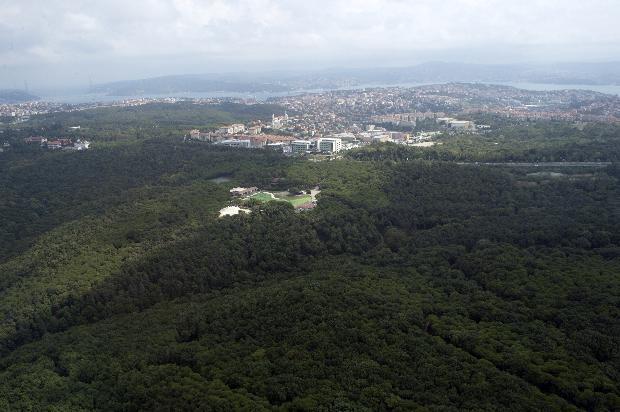
The latest threat for the Northern Forests is the decision to allow settlement construction in Parkorman, which was rented to a private company for the next 29 years. Parkorman, with its 1.5 million hectares of land, brings to mind a green carpet living its last moments of peace before the storm.
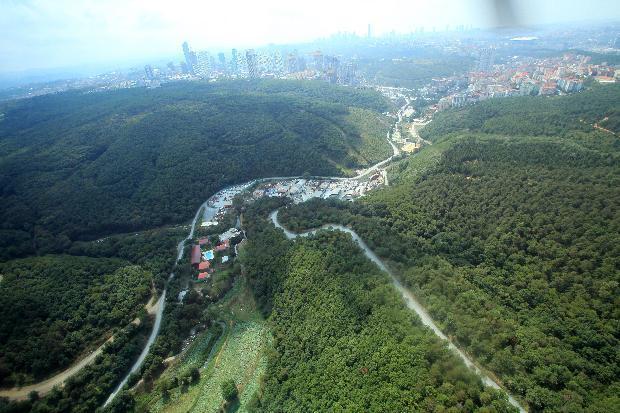
Parkorman was rented to Ege Tourism and Real Estate Investment Company, with shareholders Doğuş Group and Bilgili Holding, for 29 years beginning in December 2010. The Northern Forest's Defense (KOS) initiated a “Resist Fatih Forest” campaign, arguing against construction in the area by asserting that the estate project aiming to house 15,000 people, a multi-story car park and social facilities will butcher the precious forest. Serdar Bilgili, a manager of the Ege Tourism Company, denied speculations, stating that not a single tree will be cut down for the project and that the project will not include the construction of any house or villa-type buildings. But critics remain skeptical; KOS suggests that buildings that will be advertised as bungalows will be built in fact with steel construction.
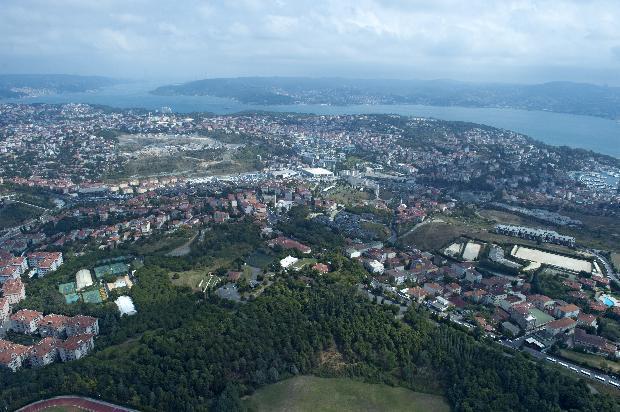
The Kısırkaya Village is one of the latest additions to the areas opened to estate development. KOS protested against the situation over the past week, claiming that relatives of first-lady Emine Erdoğan were involved in the project. The written explanation given by KOS reads: "These villages have been opened up to estate development to save Erdoğan's relatives from bankruptcy." According to KOS and regional residents, opening these regions to construction will also open the forest area between the third airport and the third bridge to differential contracting—and the permit given for an animal shelter in the area, they maintain, is the first example.

The third airport is being constructed in the space between Yeniköy and Akpınar villages on Istanbul’s European side. KOS defines the project as a death-sentence for the last bit of greenery left in the city and strongly opposes the project. Currently there are two different lawsuits opened by the Chamber of Environmental Engineers against the contracting of the airport construction, but there has been no development in the cases in the last two years. The KOS group started a campaign named #3havalimanınadiren, in an attempt to raise awareness for the environmental damage posed by the airport project.

Istanbul's third bridge is a similar situation. The third bridge and the Northern Marmara Highway Project will be located in the northern part of the Bosporus facing the Black Sea. The bridge, which will come to use in four to five years’ time, passes by Sarıyer and Garipçe village in the European side and Poyrazköy on the Anatolian side of Istanbul. There are over 30 lawsuits against the construction of the bridge, which started May 2013. More than 10 vocational and civil society organizations have opened suits with the Turkish Engineer and Architect Union of Chambers, but there have been no developments in any of them.
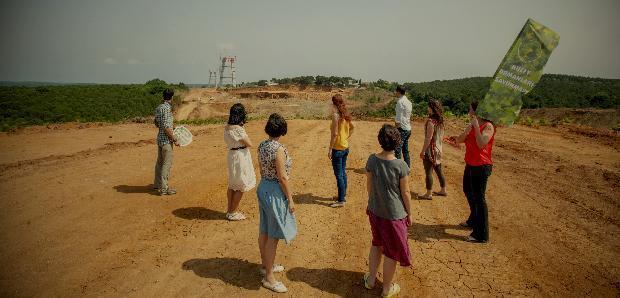
We turned our attention to the people lobbying against these daunting projects. The environmental organization Northern Forest's Defense (KOS) brings together artists, urban planners, students, and bankers—those who find life with greenery, and who will fight for the lungs of the city. KOS has been active for the past five years, taking action against the rapid urbanization and deforestation in Istanbul. Here are some comments from the rebellious kids of the forest:
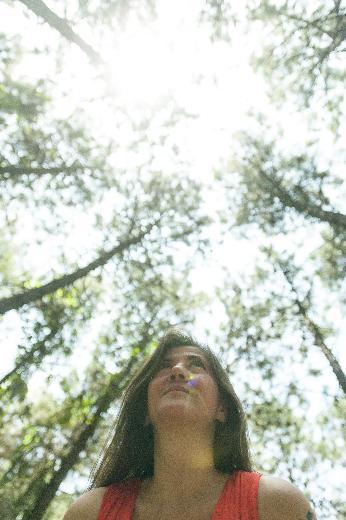
Serin Erengezgin, Sociologist:
“These projects are unfair not only for nature itself, but also for the disabled: the people living in the city that don't use cars. Everything, trees included, is being taken away from us. They want us to accept urban development without any discussion. We are being tricked. Standing against this is a matter of existence for me.”
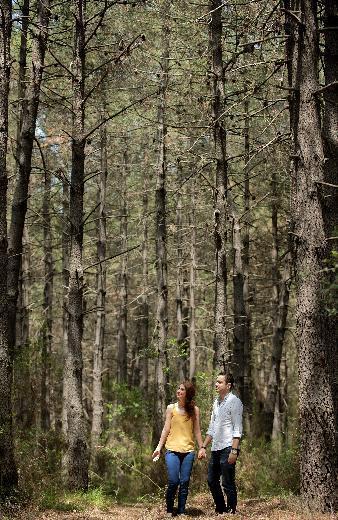
Ceyda Erdinç, Nurse - Aydın Ertürk, Computer Programmer:
“The subject matter isn't a couple trees, it’s 3 million. We have concerns for the continuation of life. They're trying to take our lungs away. If it continues this way, we won't be able to breathe, we won't have any drinkable water in İstanbul. The Northern Forest's Defense is like a fast-growing child of the Gezi resistance.”

Selda Erhan, Urban Planner:
“We've come together to form a public opinion and to resist. Our first aim was informing the general public. We started different movements for awareness in Istanbul. My outlook on the issue is very simple: I believe that the right to life for all living beings must be protected."

Alper Atmaca, Mountain Hiker:
“Istanbul doesn't only belong to Turkey, it’s one of the most important life spaces in the world. The third bridge, Canal Istanbul, the third airport—there can't be any rationale, scientific backing or sense of justice behind these projects. The future of an entire city is being destroyed from an 'I did it and it will happen' mentality. I am angered by these actions.”
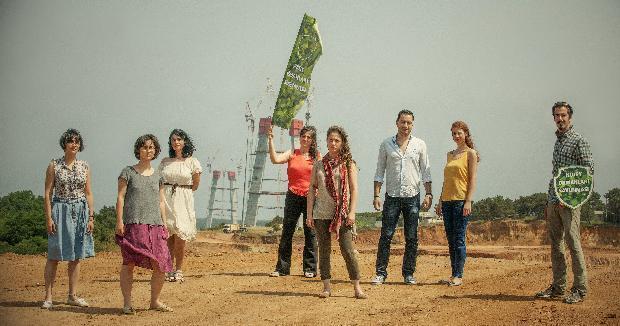
Mahmut Keçeci, Manager in the 'Altınokta' Organization for the Blind:
“The destruction and concretion in Istanbul is clearly visible. You don't need to have sight to see this truth. Consciousness for the disabled is absent. As someone who comes from a village, I felt like a disabled person in this distorted city. Because falling on soil and falling on concrete, bumping into a tree and bumping into concrete aren't the same. Concrete is hard....”
Translated by Yasemin Ulusoy
Edited by Delphine Rodrik
















